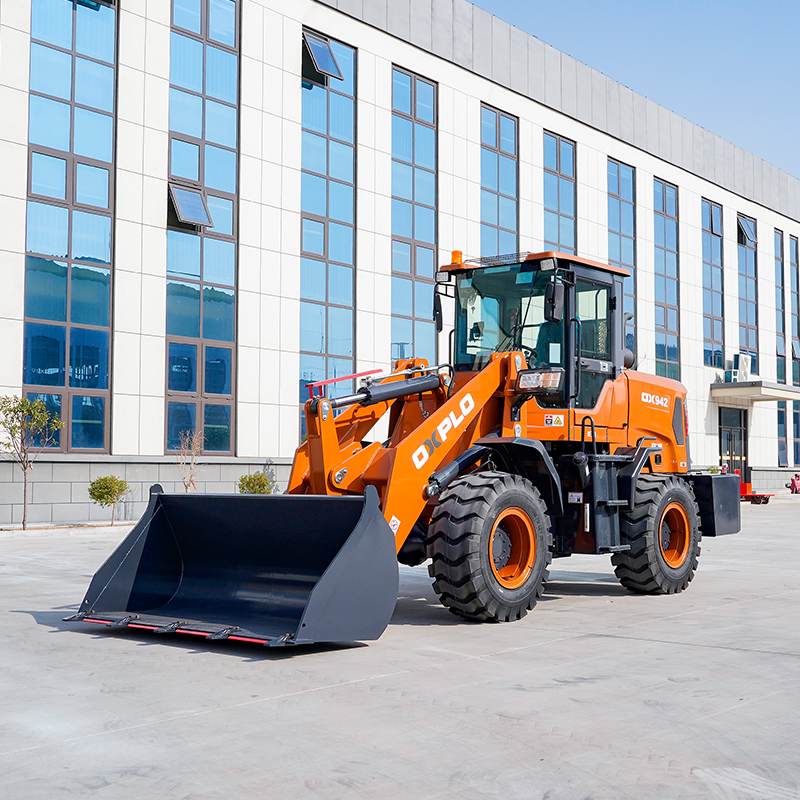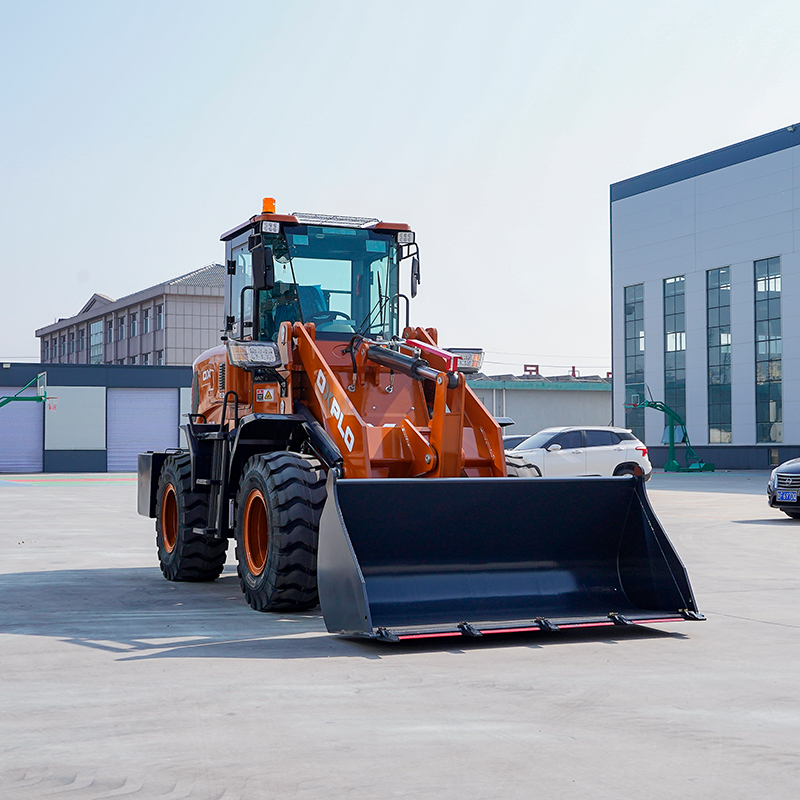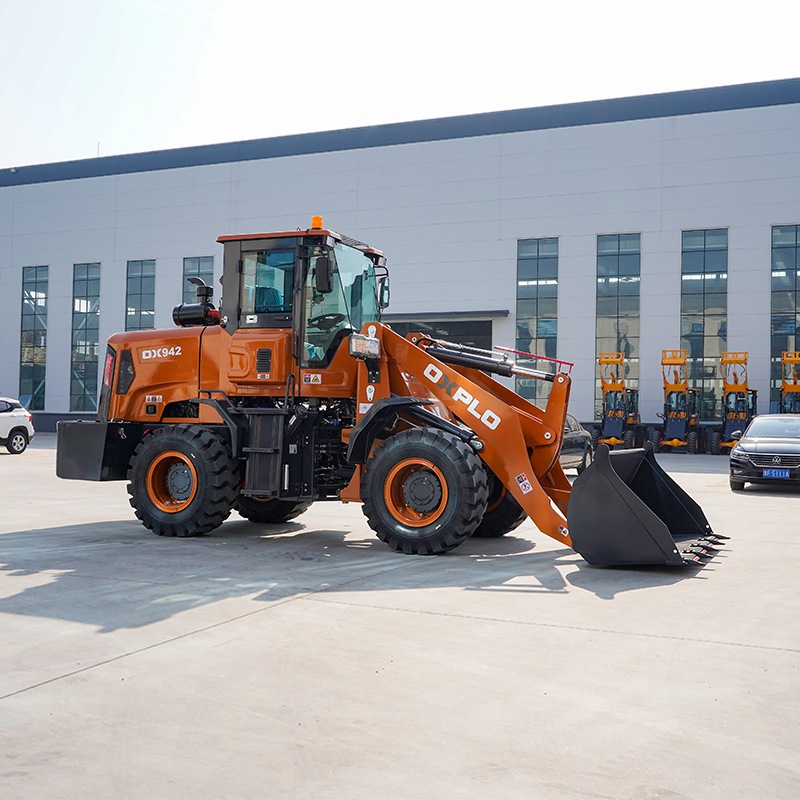Influence of loader tire on stability
2024-06-06
In the wheel loader operation, stability is very important, ensuring that the tires are all on the ground can ensure the stability and safety of the loader, as well as maximize its working capacity.

1. Stability: When the loader is operating, keeping all tires on the ground can provide better stability. Each tire provides support and balance. It spreads the load and reduces the risk of overturning. If only part of the tire hits the ground, the loader may become unstable and easily lose balance.
2. Grip: All tires are in contact with the ground to provide better grip. This is essential for the loader's traction, propulsion and steering under different operating conditions. If there are tires hanging or losing contact. The traction and handling of the loader will be affected, which may lead to reduced operational efficiency or safety hazards.
3. Load distribution: When the tires are all on the ground, the load of the loader can be evenly distributed on each tire, which helps to reduce the load of a single tire, reduce the risk of wear and damage, and extend the service life of the tire.
4. Efficient work: Keeping the tires on the ground ensures that the loader can make full use of all its functions while working. For example, the hydraulic system works properly and provides sufficient stability and grip to complete various loading and handling tasks.

If only part of the tire hits the ground when the loader is operating, the following safety hazards may result
1. Instability: Partial tire landing will reduce the stability of the loader and increase the risk of tipping. When the load is concentrated on part of the tire, the forklift is prone to tilt or lose balance, especially in dangerous areas such as uneven ground or cliff edges.
2. Reduced grip: tire suspension or loss of contact will cause the loader's grip to decrease. This affects the loader's traction and handling, making it unable to effectively propel, steer, or stop. In slippery or rugged working conditions, a lack of adequate grip increases the risk of accidents and slippage.
3. Increase tire wear: Part of the tire landing will lead to uneven tire wear. Tires that land are subjected to a larger load, while tires that do not land are less loaded, which can lead to tire damage, increased wear, and premature failure.
4. Reduce working capacity: some non-landing tires will reduce the working capacity of the loader. The stability and grip of the loader are weakened and may not be able to carry and transport the expected amount of load. This can lead to reduced productivity, longer operating hours, and potentially other operational safety issues.
5. Handling difficulties: When only part of the loader tires land, the operator may face operational difficulties. The responsiveness of the forklift decreases and steering and maneuvering becomes more difficult, making it more difficult for the operator to accurately control and operate the loader.

When loading items, try to make the weight evenly distributed on the various parts of the loader and tires. Avoid concentrating too much weight on a specific area or tire. If possible, distribute the weight reasonably according to the load rating of the loader and the load distribution recommended by the manufacturing sheet. Choose the right tire type for your loader and operating environment. Ensure that the tire has sufficient load capacity and wear resistance. Regularly check the wear of the tires, and rotate and replace the tires as needed to ensure uniform wear of each tire. Maintaining proper tire pressure is essential for even tire wear. Too low or too high tire pressure will cause uneven tire wear, check and adjust the tire pressure regularly and follow the manufacturer's recommended pressure range. When operating the loader, adopt smooth acceleration and deceleration to avoid sharp braking and sharp turns. A smooth driving style helps reduce tire wear and ensures that the tires receive equal force and friction. Periodically check the status of the loader's suspension system, steering system and other related components. Make sure they work properly to avoid uneven tire load due to mechanical issues.





